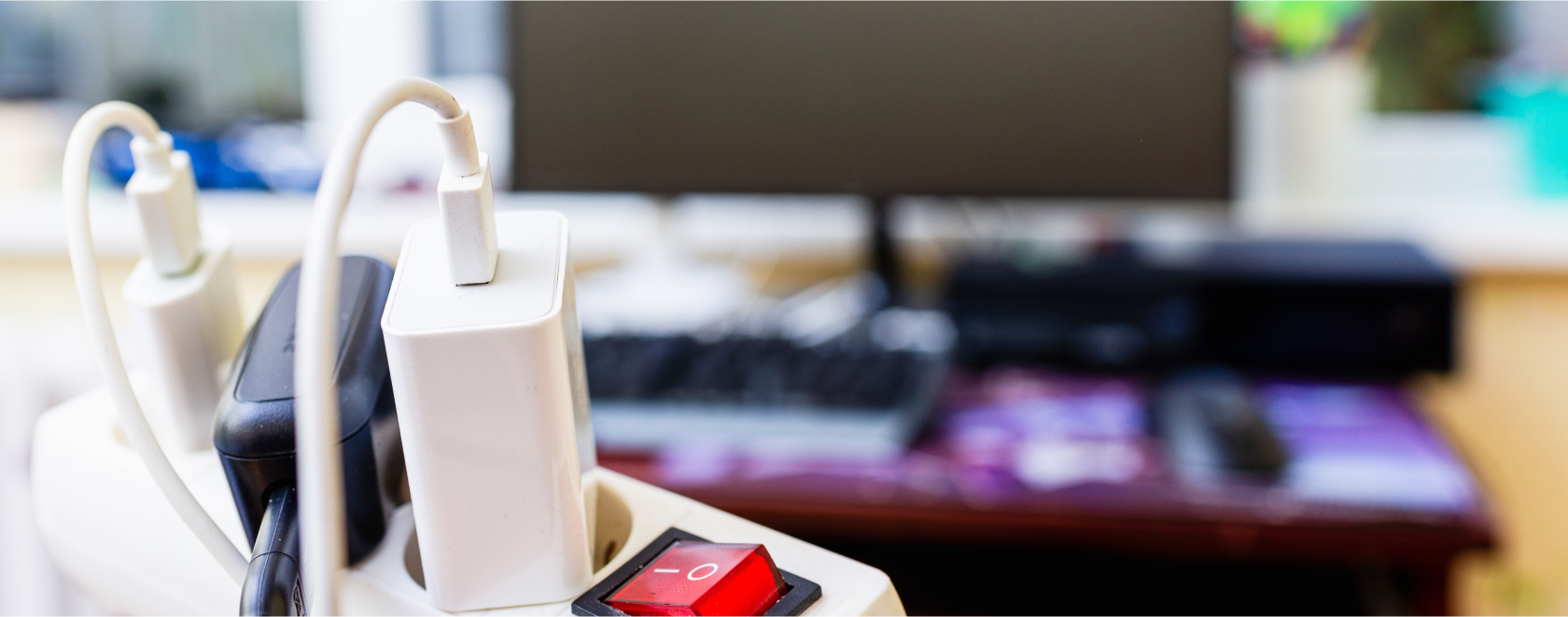In an age where streaming content dominates home entertainment, IPTV devices and media players have become essential tools for accessing high-quality content on demand. However, as energy prices rise and environmental concerns grow, more users are beginning to question the power consumption of their home media systems. While a single IPTV box may seem negligible in terms of energy use, the combined consumption of multiple components—set-top boxes, smart TVs, routers, sound systems, and peripheral devices—can add up significantly over time. This article explores practical and intelligent ways to reduce the power footprint of your IPTV setup without compromising on performance or convenience.
Understanding the Energy Profile of an IPTV Setup
Before optimizing energy use, it’s important to understand what contributes to the overall consumption of your IPTV system. At its core, an IPTV setup includes a streaming device or set-top box, a television, a network router or modem, and often additional peripherals such as external drives or audio equipment. While each of these devices individually consumes a small to moderate amount of power, their collective operation—especially when left on continuously—can lead to surprisingly high energy usage.
Modern IPTV boxes vary widely in their energy efficiency. Entry-level devices may lack effective power management features, while high-end media players can draw considerable power due to their enhanced processing capabilities, 4K rendering, and always-on connectivity functions. Similarly, OLED or QLED TVs used in tandem with these boxes often contribute significantly to household electricity bills.
Choosing Energy-Efficient Hardware
The most fundamental step in reducing energy consumption is selecting energy-conscious devices from the start. Many modern IPTV boxes and media players are now built with energy efficiency in mind. Look for models with low idle power draw, optimized chipsets, and certified efficiency labels. Devices running on ARM-based processors generally consume less power than those equipped with traditional desktop-class CPUs or GPUs.
Furthermore, operating systems can play a role. Android TV-based devices, for instance, often allow for granular control over power settings, such as sleep timers or background app restrictions. Manufacturers that actively push firmware updates often improve energy profiles over time, refining standby modes and reducing unnecessary background processes.
Managing Power During Inactivity
One of the most overlooked aspects of energy optimization is how devices behave when not in active use. Many users leave their IPTV boxes running 24/7, under the assumption that standby mode is efficient enough. However, not all standby modes are created equal. Some devices continue network activity, consume processor resources, or even display idle screens that use more energy than expected.
It is advisable to manually power down devices when not in use. Some IPTV setups include smart remote controls with integrated power toggles for the entire entertainment center. Alternatively, using a smart plug with scheduling capabilities allows users to automatically cut power to the setup during off-hours.
Another useful tactic is configuring the IPTV box’s sleep settings to activate after a short period of inactivity. Where supported, disabling features like “Quick Start” or “Always On” mode will help reduce the power draw during idle periods. Adjusting these settings requires a short setup time but can result in long-term efficiency gains.
Optimizing Network and Peripheral Devices
Energy use doesn’t stop with the IPTV box. Routers and network switches are essential for streaming, but they too can be optimized. If your setup includes multiple Wi-Fi access points or a dedicated media server, consider consolidating functionality into a single, energy-efficient router. Some newer models offer automatic bandwidth scaling based on demand, which can further reduce consumption during non-peak hours.
External USB drives or storage devices connected to media players can be a hidden source of energy drain, especially if they are spinning hard disk drives (HDDs) rather than solid-state drives (SSDs). Where feasible, transfer your media to low-power storage or cloud-based solutions. Moreover, if peripheral equipment such as soundbars, LED lighting, or gaming accessories are part of your system, ensure these devices are powered down fully when not in use.
Adjusting Viewing Habits and Content Quality
While hardware plays a major role in power consumption, user habits are equally impactful. Streaming in 4K resolution, for example, not only demands more from the media player but also increases the load on the television and network equipment. For casual viewing or background media, consider reducing the playback resolution to Full HD or even SD. Many streaming platforms allow this adjustment either globally or on a per-device basis.
Limiting binge-watching sessions, using built-in sleep timers, and scheduling entertainment hours can all contribute to lower energy usage. Viewing patterns influence device runtime, and more disciplined use naturally leads to longer device lifespans and reduced energy bills.
Leveraging Smart Home Integration
For users invested in smart home ecosystems, integrating IPTV components into broader energy management strategies can yield significant benefits. Smart plugs, hubs, and energy monitoring tools provide real-time data about consumption, enabling more informed decisions about when and how devices are used. Some home automation platforms can trigger power-down routines when a device has been idle too long or during pre-set “away” modes.
Voice assistants can also be programmed to control power to the IPTV setup, making it easier to enforce energy-saving habits without the need for manual intervention. Over time, such automation ensures your system only consumes energy when truly needed.
Reducing the energy consumption of your IPTV setup is not just a matter of saving on electricity bills—it’s a step toward more sustainable and responsible use of home technology. From choosing efficient hardware to implementing smart usage habits and leveraging automation, there are numerous ways to minimize power use without sacrificing entertainment quality. By taking a holistic approach that considers both hardware and behavior, users can enjoy the benefits of modern media without the hidden costs of energy waste.
